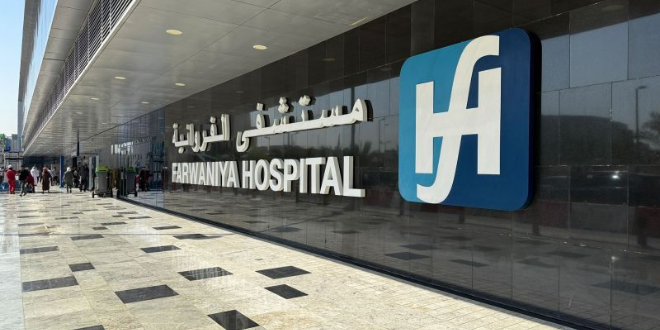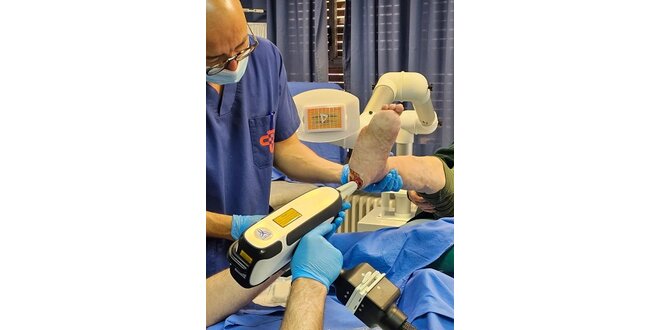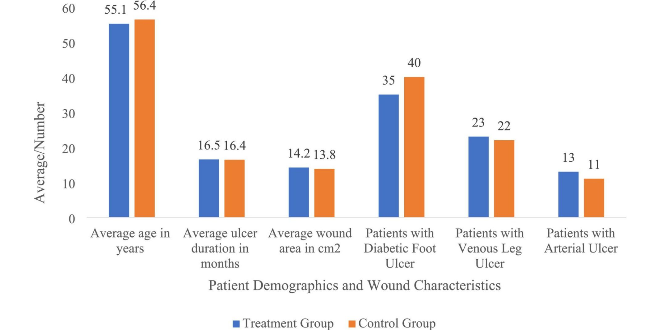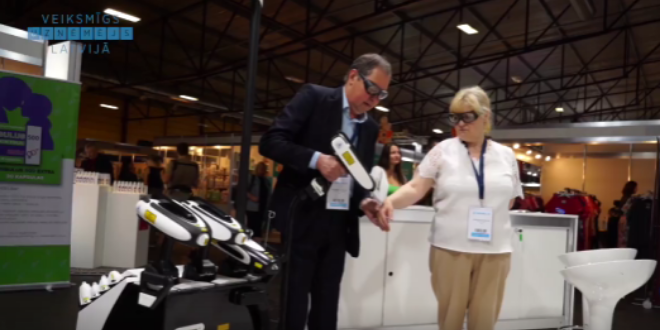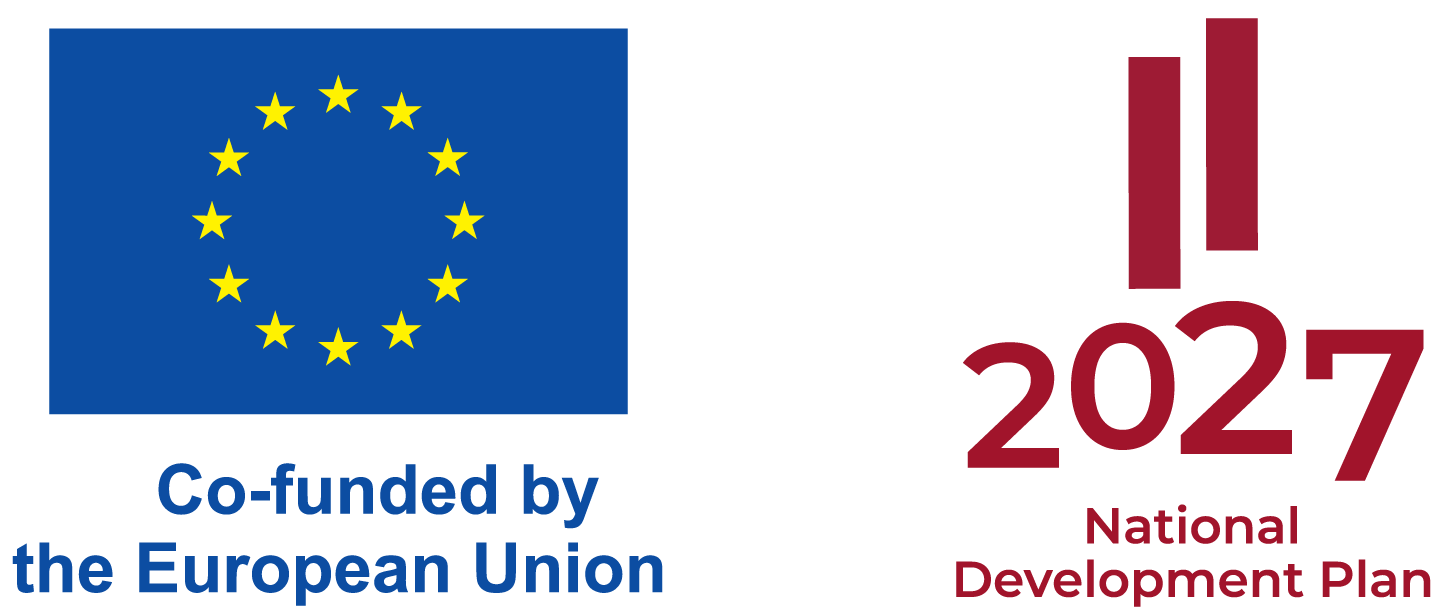Gynecology: 3-Wave LINLINE™ Laser Scalpel + Er:YAG (RecoSMA)
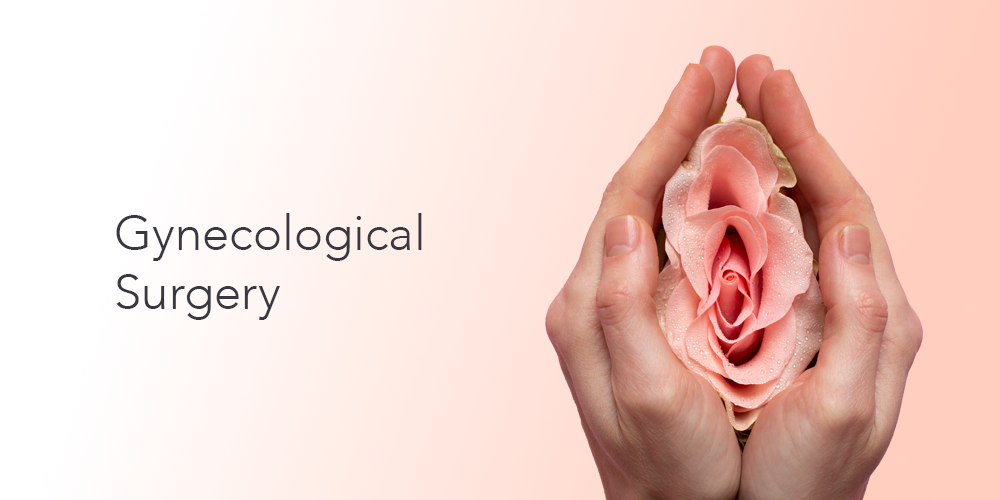
Office & endoscope-compatible contact surgery (1,079 / 1,340 / 1,440 nm) with Er:YAG ablative & regenerative options
MULTILINE™ supports two complementary modalities used on this page:
- 3-wave laser scalpel (fiber-delivered, high-frequency pulsed): instant selection of 1,079 / 1,340 / 1,440 nm on the same working fiber to tune cut vs coag in dry and wet fields—unlike many diode platforms that are used in continuous-wave (CW) modes.
- Er:YAG (2940 nm) modalities:
• Ablative Er:YAG for char-free, shallow-thermal treatment of symptomatic cervical ectopy (layer-by-layer precision).
• RecoSMA® (Er:YAG-based, non-thermal) as a regenerative adjunct to stimulate angiogenesis/granulation in cervical decubitus ulcers from POP, after mechanical/infectious factors are managed.
Typical office & endoscope-compatible indications (scalpel)
- External genital HPV lesions (condylomata), vulvar/vaginal papillomas, fibromas, small polyps, granulations — blood-sparing excision/coagulation. (For deep-rooted condylomata, prefer contact scalpel; Er:YAG is inefficient for “roots.”)
- Perineal/vestibular soft-tissue lesions requiring precise hemostatic trimming.
- Post-procedural granulation at suture lines (site-selected).
How the three wavelengths map to gynecologic tissue (scalpel)
1,079 nm — “sharp” contact cutting + coag
Default for precise dissection of external/vestibular lesions (papillomas, fibromas). Use low-angle gliding passes in short bursts (≈1–2 s) for clean, blood-sparing planes.
1,340 nm — balanced, water-coupled hemostasis on mucosa
Choose when the field is moist and you want more coag with less surface char than 1,079 nm—useful for inflamed/edematous mucosa and for gentle contouring after a first cut.
1,440 nm — wet-field coagulative effect
High water absorption gives stable hemostasis for bleeding mucosa and endoluminal work. Start here for hemostasis, then swap to 1,079 for crisp edges or 1,340 for softer coag—no fiber change.
Technique notes (scalpel: office & endoscope)
- High-frequency pulsed bursts: short activations → tissue cools between bursts → less char/sticking and better visibility (vs CW diode workflow).
- Contact method: low-angle “scalpel” glides for lines; perpendicular micro-pecks for focal coag/destruction.
- Distance = built-in “power dial”: moving the tip off tissue enlarges the spot and cuts irradiance; hover 0.5–3 mm for soft coag/shrink, touch for decisive cut/coag. Feather in/out during a pulse train to micro-titrate within the same setting.
- Anesthesia: prefer topical/minimal infiltration where possible; excessive infiltration can widen injury, degrade crust quality, and slow healing.
- Fiber & safety: treat the fiber as a precision optic; avoid bends/impacts; use smoke evacuation and standard laser PPE.
Example mini-workflows (scalpel)
- Condylomata (external/vestibular): 1,079 nm contact excision in brief passes; spot hemostasis with 1,340 if needed.
- Vulvar/vaginal papilloma or fibroma (benign): Start 1,340 for gentle coag on moist mucosa, switch to 1,079 for crisp margins; 1,440 for troublesome oozing.
- Granulation at a suture line (selected): 1,440 short pulses for coagulative shrink, then 1,079 to refine edges if necessary.
Cervical decubitus ulcer in POP — RecoSMA® regenerative adjunct
When to consider: Non-healing or recurrent cervical decubitus ulcers secondary to pelvic organ prolapse, after mechanical factors are corrected (e.g., pessary refit/reposition or prolapse surgery), infection is treated, and neoplasia is excluded (Pap/HPV, colposcopy ± biopsy).
Why RecoSMA: RecoSMA is an Er:YAG-based, non-thermal regenerative method that creates controlled micro-ablative surface “nanoperforation” with interferential acoustic micro-trauma deeper down. The aim is to stimulate angiogenesis, granulation, and re-epithelialization with minimal collateral heat—well suited to fragile cervical mucosa.
Technique (outpatient):
RecoSMA pass over the ulcer bed and a 3–5 mm margin of surrounding mucosa (1 uniform pass in a stimulating/low-energy regimen).
Course & expectations: Typically 1–3 sessions, with interim assessment of granulation and epithelial closure. The intent is to accelerate healing; it does not replace prolapse correction.
Cervical ectopy (“erosion”) — Er:YAG ablation (symptomatic cases)
When to treat: Persistent contact bleeding, excess discharge, or recurrent cervicitis after diagnostic work-up and conservative care.
Why Er:YAG: Very high water absorption enables true photoablation with micro-explosions, yielding minimal thermal spread (~20–50 µm) and excellent visual depth control—ideal for delicate cervical mucosa.
Technique (clinic outline):
- Map under colposcopy, delineate the transformation zone; confirm benignity.
- Scanning, perpendicular passes over the ectopic area with short pulsed bursts, working layer-by-layer until a uniform, pale surface is achieved; avoid deep thermal stacking.
- Hemostasis: Er:YAG typically needs little coagulation; if focal oozing occurs, use a brief pulsed touch with the scalpel wavelength (e.g., 1,340 or 1,440 nm) for gentle, water-coupled coag, then resume Er:YAG if needed.
Cross-link: Use Er:YAG ablation for symptomatic ectopy, and RecoSMA® as a regenerative adjunct for decubitus ulcers from POP after mechanical factors are addressed—two different intents, complementary tools.
How this differs from common alternatives
- Versus diode CW systems (980/1470): many are used continuous-wave or long duty-cycle, increasing lateral heat and char risk. LINLINE’s high-frequency pulsed delivery supports cleaner fields while preserving cutting speed.
- Versus single-wavelength gyne lasers: switching between 1,079 / 1,340 / 1,440 nm provides three distinct tissue interactions in seconds—fine cut, gentle coag, or wet-field control—without changing fibers.
- RecoSMA vs ablative excision: RecoSMA is regenerative (healing stimulus) rather than a resection tool; use it after mechanical/etiologic factors are addressed.
Key takeaway
The 3-wave LINLINE™ laser scalpel delivers high-frequency pulsed, fiber-delivered contact surgery with instant 1,079 / 1,340 / 1,440 nm selection to balance cut vs coag in real time. For the cervix, the platform adds Er:YAG options: ablative Er:YAG for symptomatic ectopy and RecoSMA® as a non-thermal regenerative adjunct to accelerate healing of decubitus ulcers once prolapse-related mechanics and infection are addressed.





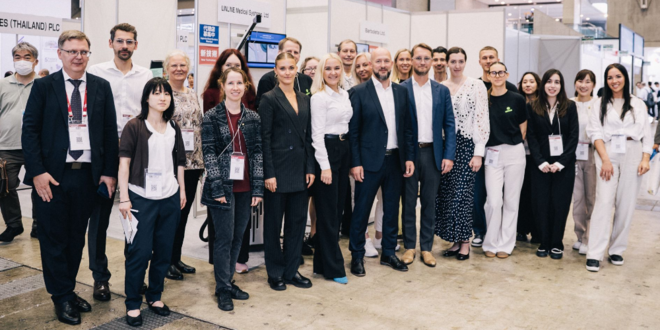
 06.10.2025
06.10.2025